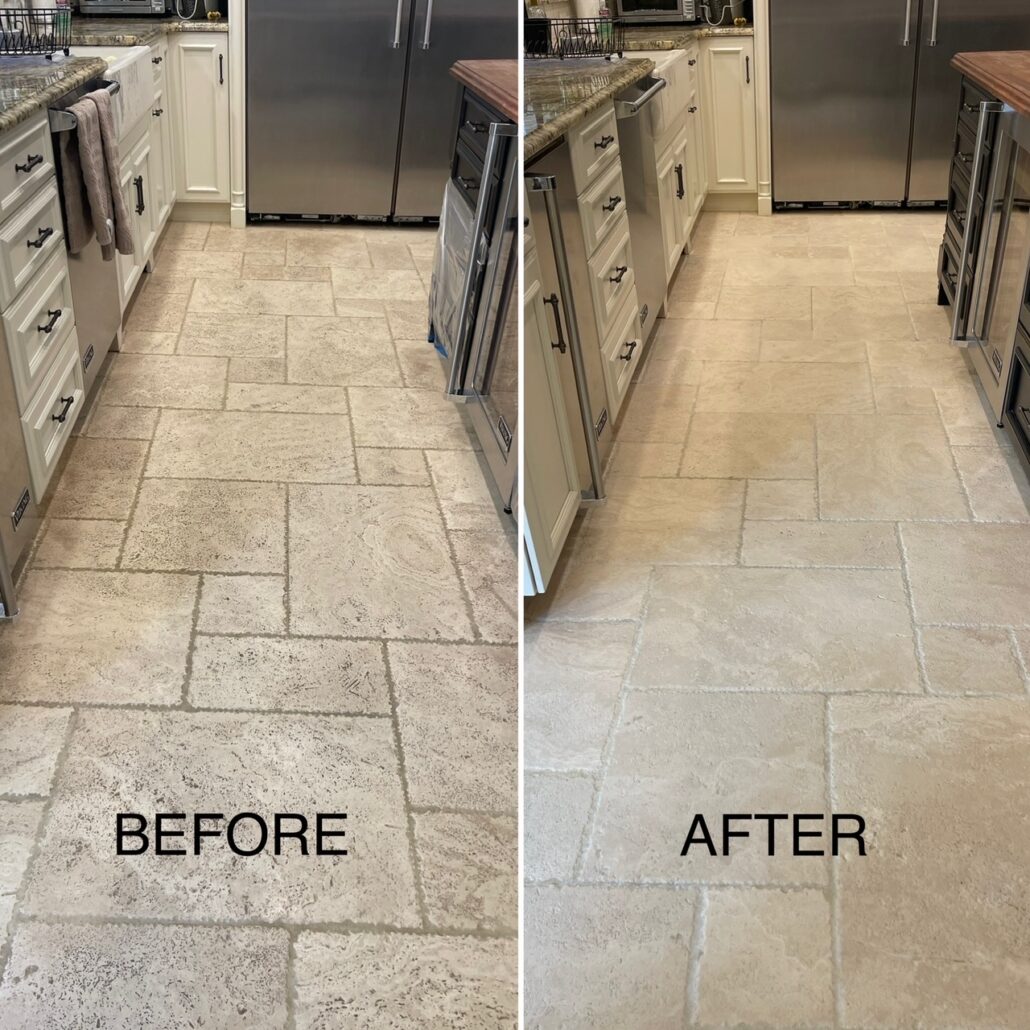This Guide on DIY Rock Repair

Restoring stone surfaces made of stone can infuse newfound life into your home, maintaining not just the aesthetic of natural materials but also the histories they tell. Natural stone restoration is an art, demanding meticulous planning and a sharp grasp of the substances involved. Whether you are looking to renew a worn pathway, a deteriorating façade, or treasured family keepsakes, knowing where to start is crucial to achieving results you can be proud of.
In this guide, we will explore important insights into natural stone restoration, from recognizing when it's necessary to restore your surfaces to typical mistakes you should steer clear of. We will look into the best practices and materials needed for effective restoration, couting the things you should do and don'ts of do-it-yourself versus professional help. Come along as we journey through the field of stone restoration and discover the methods that will make your areas shine as if they were completely new.
Overview to Restoring Stone

The process of stone restoration is a crucial process that helps protect the appearance and quality of multiple stone surfaces, whether they are found in historic buildings, patios, or kitchen surfaces. Over time, stone can suffer from wear and tear due to environmental factors, neglect, or inadequate maintenance. Understanding the restoration process not only revitalizes these surfaces but also enhances their lifespan, making it a sound investment for homeowners and property managers alike.
The first step in stone restoration involves analyzing the current condition of the stone. This assessment allows you to detect specific problems, such as stains, gaps, or discoloration. Once these problems are identified, a custom restoration plan can be created, which may include cleaning, fixes, and sealing processes to prevent more damage. Knowing the variety of stone you are working with is essential, as all stones require specific approaches and materials.
Finally, successful stone restoration goes beyond just the physical repairs. It is important to practice appropriate maintenance practices to maintain the stone surfaces in excellent condition over time. Consistent cleaning, sealing, and not using harsh chemicals can go a long way in preserving the aesthetic of the stone. By comprehending stone restoration sydney of restoration and dedicating oneself to ongoing maintenance, you can ensure that your stone surfaces stay beautiful and useful for many years to come.
Common Errors to Avoid
One of the biggest major mistakes in rock restoration is failing to properly assess the quality of the stone before beginning work. Avoiding this crucial step can result in employing incorrect techniques or products that may lead to further damage instead of restoration. Take the time to inspect the exterior, recognize types of stone, and understand any existing issues, such as cracks, stains, or weathering. A detailed assessment ensures that you select the appropriate cleaning and restoration methods.
Another common trap is employing the incorrect cleaning agents. A lot of people assume that any strong cleaner will suffice, but this can severely harm the stone. Acidic or abrasive cleaners can etch or discolor softer stones, leaving them more susceptible to damage. It is important to select pH-balanced, stone-safe products specifically designed for the type of stone you are working with, whether it's granite, marble, or limestone, to maintain its condition during the restoration process.
Lastly, neglecting seal your stone surfaces after cleaning and restoration is a error that can diminish the durability of your work. Proper sealing protects against stains, moisture, and environmental damage, ensuring that your restored surfaces remain aesthetic and functional. Make sealing a key step in your restoration plan, and be sure to comply with the manufacturer's recommendations regarding the kind of sealant and application frequency to achieve the best results.
Advantages of Do-It-Yourself vs. Professional Stone Restoration
Deciding between DIY and expert stone restoration can greatly impact the results of your work. One of the primary benefits of handling the restoration yourself is reducing costs. DIY projects can significantly reduce the expense of labor, allowing you to allocate your resources towards better materials or additional restoration tasks. With the right tools and materials, many property owners find they can achieve impressive results without the expense of employing a professional.
Nonetheless, while Do-It-Yourself stone restoration offers cost benefits, there are important considerations regarding expertise and experience. If you have a good understanding of stone varieties and restoration techniques, you might be able to handle the task effectively. Conversely, if the damage is severe or if you're unfamiliar with the materials, hiring a specialist can save you time and prevent expensive mistakes. Experts bring expertise and equipment that can yield better and more durable results.
In the end, the choice between DIY and expert restoration is based on your specific situation. For less complex, manageable projects, Do-It-Yourself can be rewarding and economical, while larger or more complex restorations may require professional expertise. Evaluating your capabilities, the condition of the stone, and your budget will help you determine the best approach for a successful restoration.
